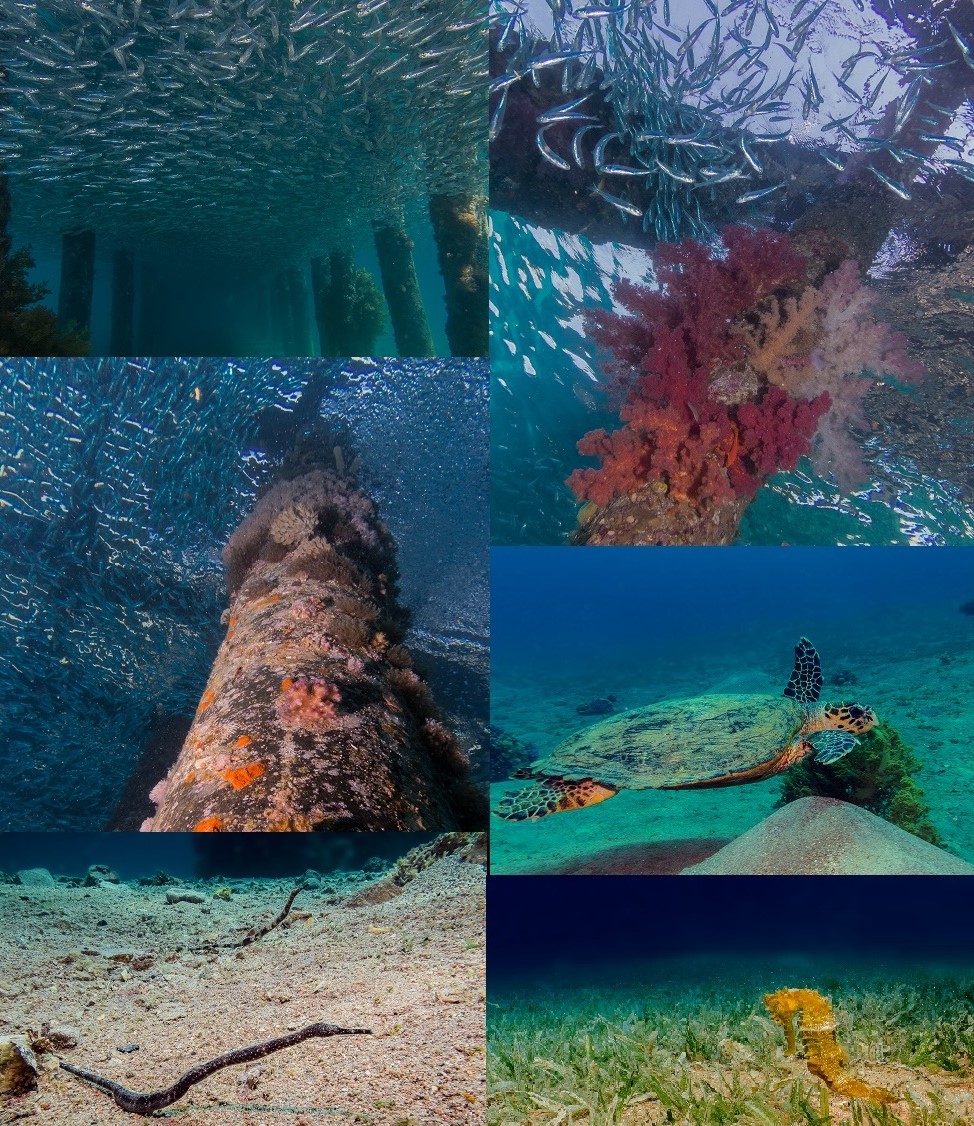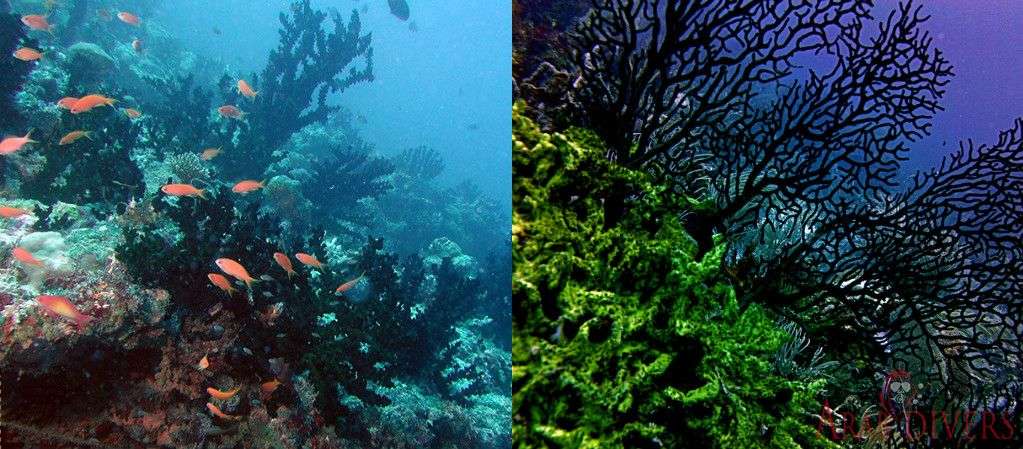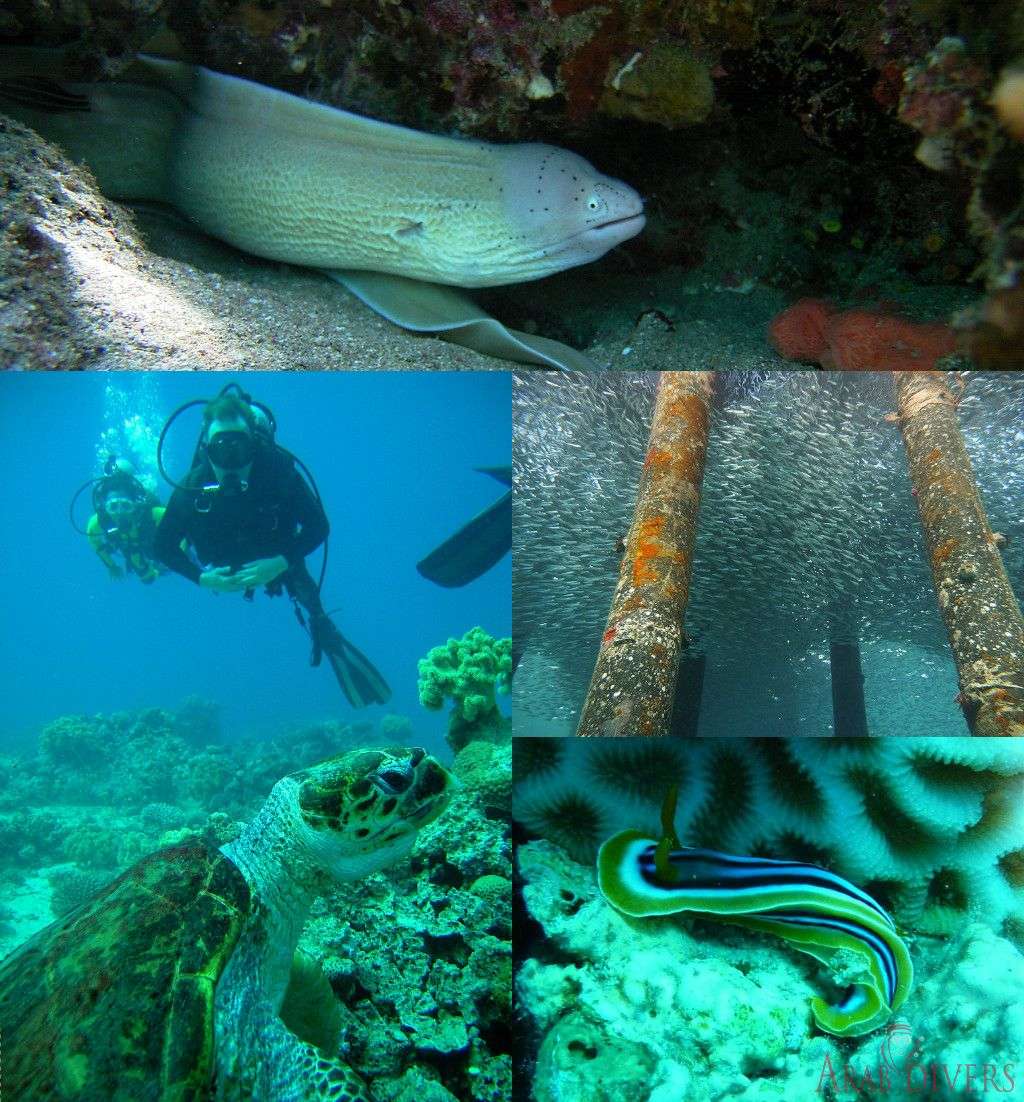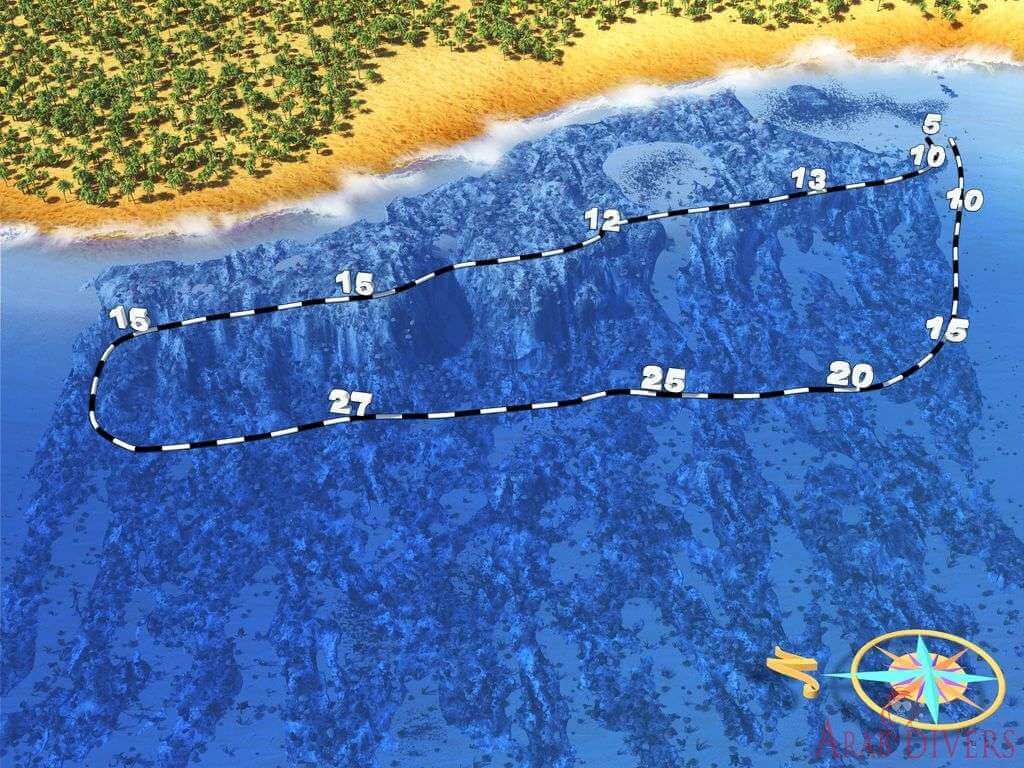Black Rock Aqaba, Jordan
This site gets its name from the black rocks scattered in front of the reef, near the shoreline - we'll use those as entry markers and follow the sandy bottom down to the reef at 12m, where a true underwater kaleidoscope awaits...

Black Rock Dive Site: Dive Metrics & Features
- Location
- : 29.4345, 34.97221
- True name
- : Black Rock
- Depth
- : Surface to 27m+
- Conditions
- : Easy access, medium current
- Visibility
- : Exceptional (30m+)
- Platform
- : Shore
- Level
- : Beginner to Advanced
- Snorkelling
- : Yes
- Other names used
- : Research Station
Black Rock: Dive Site Overview
After jump-in ease of accessibility, the first thing you'll notice is the mellow conditions - despite its medium current, Black Rock is sheltered and pristine with a wide diversity in both topography and wildlife. The reef slopes gently away from us in all directions and where we go depends on what you'd like to see today.

Variety is always the word of the day at Black Rock. We'll see huge lettuce corals, with fire-coral fringing reef, soft coral heads and fossil-reef pinnacles all mixed together (though the general contour of the reef is fairly flat).
From here we could continue along the reef at any depth - today, let's head into deeper water to see the black coral forests, shoals of fish and impressive into-the-blue views from the bottom of the reef, around 27 m.
The current you're feeling carries oxygen and nutrients with it. Life uses them to thrive - you'll find puffers, stingrays, morays, seahorses, nudibranchs, turtles, and large pelagics in varying quantities (and at varying depths) on almost every dive. What do you think we'll spot today?

As we finish our lazy, wandering loop around the reef, we'll pass a lettuce-coral garden where turtle sightings are very common, then follow the bottom contour back upward towards shore where, in around 10 m of water, we'll see experimental artificial growth substrates - Aqaba Marine Science Station is currently testing advanced new coral-farming and reef-seeding techniques - and it's going impressively well.

Always begin your dive to the South of the reef, heading North against the current which can reach up to 1 knot. While not uncomfortable for most divers, it can still push you away from your exit point (unless you are intentionally drift diving).
